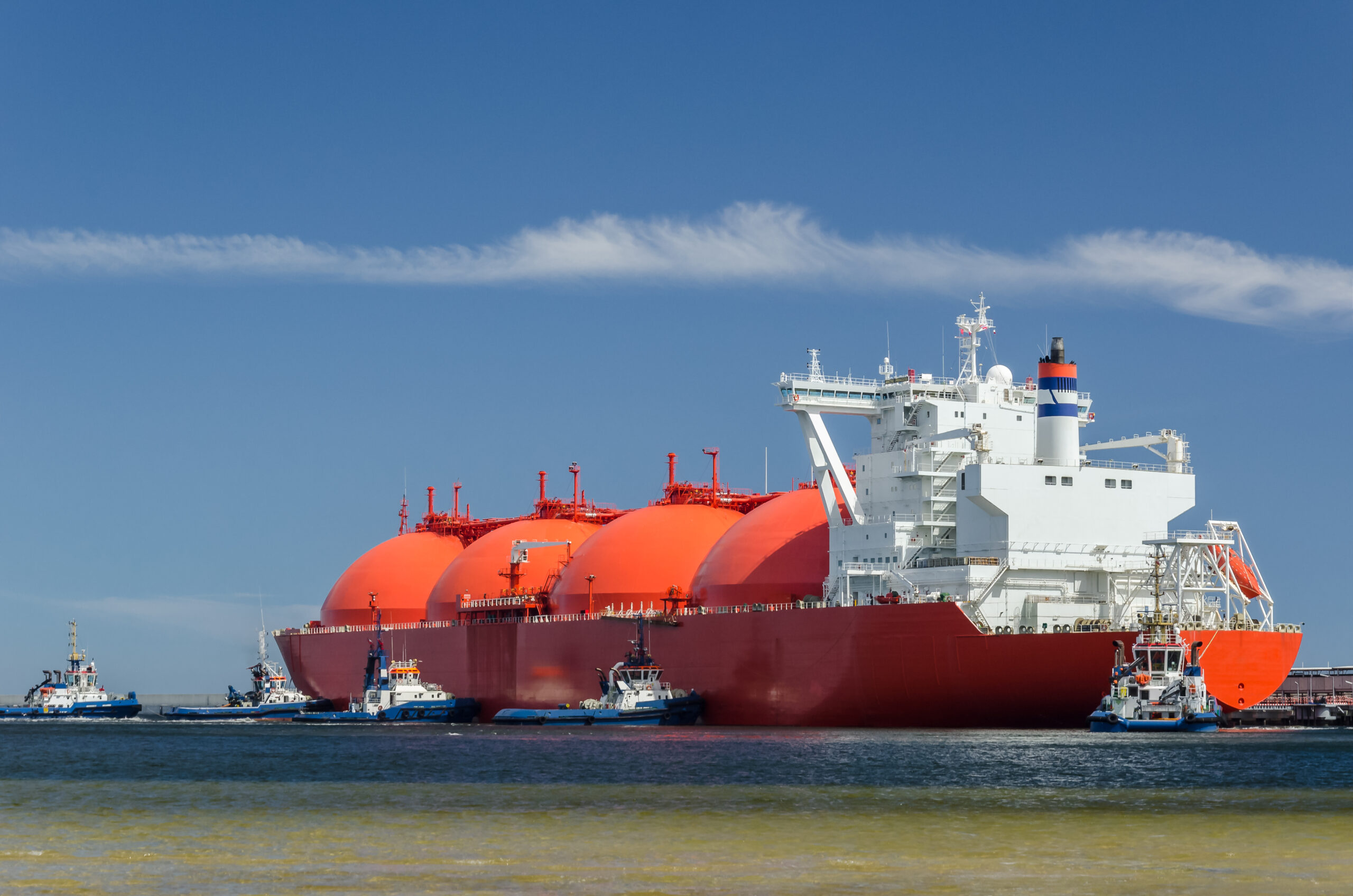Something big is happening in the world of energy, and it is unfolding in Asia. For years, natural gas was seen as a temporary solution, a “bridge” fuel to help countries move away from coal and oil. But now, it is becoming clear that this bridge is turning into a highway. Across Asia, from India to China and beyond, demand for natural gas is skyrocketing, and it is reshaping global energy markets in ways few had predicted.
At the heart of this shift is a simple reality: Asia’s economies are growing fast, and they need reliable, cleaner energy. Coal, long the backbone of power generation in countries like China and India, is slowly being replaced as governments seek cleaner alternatives. Natural gas, which produces far less pollution than coal, is stepping in as the new workhorse of energy supply.
The story of this transition is most visible in India, where entire industries are shifting to natural gas. Factories, power plants, and even city transportation systems are making the switch. In the past, many Indian cities relied on coal and diesel for electricity and transport, filling the air with thick smog. Today, natural gas is fueling a new generation of buses and industrial plants, cutting pollution and making urban life healthier. The Indian government has been aggressively expanding its network of gas pipelines and storage facilities, ensuring that supply can keep up with demand.
China, the world’s biggest energy consumer, is on a similar path. The country is rapidly building new infrastructure to transport gas from Russia and other suppliers, ensuring that its factories and power plants have a steady and affordable fuel source. More and more Chinese homes are also shifting from coal heating to gas, as government policies push for cleaner air in major cities.
This surge in demand is sending ripples across the world. Natural gas is a traded commodity, and its price and availability are shaped by who is buying and selling. In the past, Europe was one of the biggest gas buyers, but as Asian demand soars, more and more shipments are heading east. The competition for gas is becoming fierce, with buyers in Asia locking in long-term contracts to secure their supplies for years to come.
The United States, now the world’s largest exporter of liquefied natural gas (LNG), plays a crucial role in this shift. But recent political debates over energy policy have raised questions about how much gas the U.S. will export in the future. If restrictions on exports are tightened, it could make LNG more expensive for Asian buyers, forcing them to look elsewhere—possibly at dirtier alternatives like coal.
This is the real challenge of Asia’s energy transition: while natural gas is cleaner than coal, it is still a fossil fuel. Some environmental groups argue that investing in more gas infrastructure could slow down the transition to truly renewable energy like wind and solar. But for many Asian governments, the choice is not so simple. Wind and solar power depend on the weather, and many countries in Southeast Asia face unpredictable conditions that make large-scale renewable projects difficult. Until battery storage technology improves, natural gas remains the most practical option for keeping the lights on and factories running.
There is also the question of where the gas comes from. Unlike oil, which is produced in many parts of the world, the supply of natural gas is more concentrated. Russia, for example, is one of the biggest players in the market, and recent geopolitical tensions have made many countries rethink their dependence on Russian energy. This has led to new deals between Asian nations and suppliers in the United States, the Middle East, and Australia.
All of this means that natural gas is no longer just a short-term solution for Asia—it is becoming a key pillar of the region’s energy future. Governments are investing billions in pipelines, storage facilities, and new gas-fired power plants. Businesses are betting on gas to fuel the next wave of industrial growth. And energy markets are adapting to a world where Asia, not Europe or North America, is the driving force behind global gas demand.
Home Stories Latest Publications Asia’s Natural Gas Boom: The Fuel Powering a New Energy Era
Asia’s Natural Gas Boom: The Fuel Powering a New Energy Era
23 April 2025
